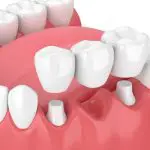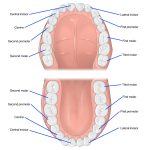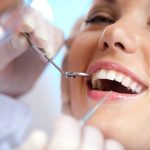Whiten Your Teeth with Braces: Tips and Tricks for a Brighter Smile
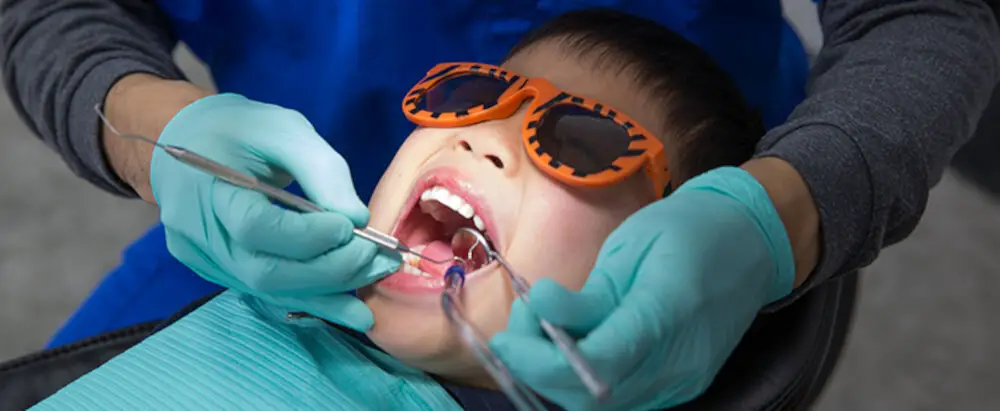
Braces are a common orthodontic treatment to align teeth and improve the bite of an individual. However, wearing braces for a long time can cause yellowing or discoloration of teeth due to poor oral hygiene practices. It can be frustrating for anyone who is trying to achieve a brighter smile while having braces on their teeth. Fortunately, there are several tips and tricks that one can follow to whiten their teeth with braces and get that confident smile they desire. Regular brushing, flossing, and dental check-ups are essential for maintaining good oral hygiene, especially when wearing braces. However, some people may find it challenging to keep their teeth clean and white while wearing braces. This is where the use of special whitening products and techniques can come in handy. From using whitening toothpaste to avoiding certain foods and drinks, there are several ways to achieve a brighter smile while also taking care of your braces. In this article, we will explore some effective tips and tricks to help you whiten your teeth with braces and get that smile you deserve.
Dental hygiene is crucial to maintain healthy teeth and gums. It involves regular brushing, flossing, and dental checkups to prevent cavities and gum diseases. However, even with proper dental hygiene, teeth can become stained or discolored over time. Braces, which are commonly used to correct misaligned teeth, can also help with teeth whitening. Braces can straighten teeth and make them easier to clean, which can improve oral hygiene and, in turn, enhance teeth whitening. Additionally, braces can also provide a foundation for other teeth whitening treatments, such as whitening gels or strips, to work more effectively. Therefore, it is essential to maintain good dental hygiene and consider braces as a potential tool to achieve a brighter smile.
Choosing the Right Toothpaste
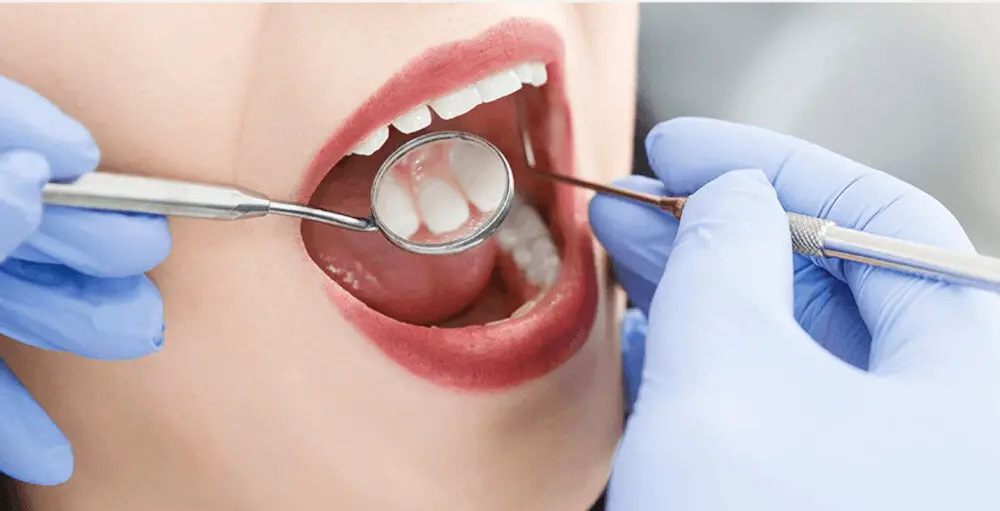
Choosing the right toothpaste is crucial for maintaining good oral health, especially if you have braces. When shopping for toothpaste, look for a product that contains fluoride, a mineral that strengthens teeth and prevents cavities. Toothpaste with fluoride can also help reduce the risk of enamel erosion, which is a common problem for people with braces. Additionally, consider choosing a toothpaste that has been specifically formulated for people with braces. These products typically contain ingredients that help loosen food particles and plaque from brackets and wires, making it easier to clean your teeth. Another factor to consider when choosing toothpaste is your personal dental needs. For example, if you have sensitive teeth or gums, look for a toothpaste that is designed for sensitive teeth. If you want to whiten your teeth, choose a toothpaste that contains whitening agents. However, be cautious when using whitening toothpaste, as it can be abrasive and may damage the enamel on your teeth if used too frequently. Ultimately, the right toothpaste for you will depend on your individual needs and preferences, so it may be helpful to consult with your dentist before making a final decision.
Choosing the right toothpaste for maintaining good oral hygiene is important, especially for those with braces and seeking teeth whitening. Using the wrong toothpaste can damage the braces and cause stains on the teeth. It is recommended to use toothpaste that is safe for braces and effective for whitening. Toothpaste with a fluoride formula helps prevent tooth decay and strengthens the enamel. Additionally, a toothpaste with peroxide can help whiten teeth without harming the braces. Some recommended toothpaste brands for braces and whitening include Crest 3D White Brilliance, Sensodyne Pronamel, and Colgate Total. It is essential to consult with a dentist before using any toothpaste to ensure it is suitable for your dental needs.
Home Whitening Remedies
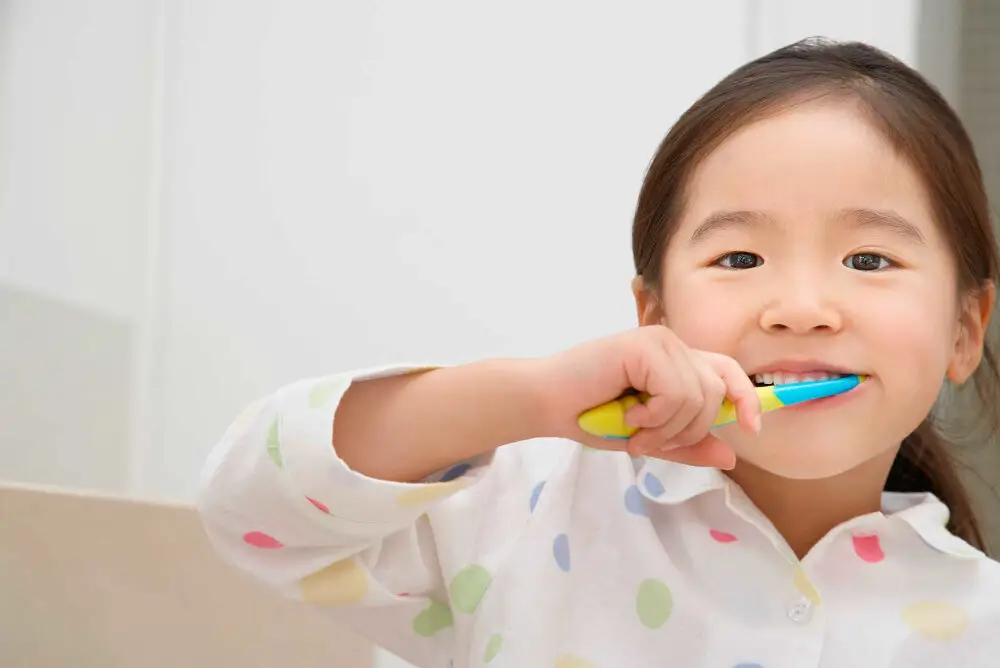
Home whitening remedies are an inexpensive and convenient way to whiten your teeth while wearing braces. These remedies include natural ingredients such as baking soda, hydrogen peroxide, and coconut oil, which are known for their teeth whitening properties. Baking soda, for instance, is an alkaline substance that can help remove surface stains from your teeth. When mixed with water or hydrogen peroxide, it forms a paste that can be applied to your teeth with a toothbrush. Hydrogen peroxide, on the other hand, is a bleaching agent that can whiten your teeth by removing deeper stains. It is important to use a low concentration of hydrogen peroxide, such as 3%, and to avoid swallowing it. Coconut oil is another popular natural ingredient that can be used for teeth whitening. This oil contains lauric acid, which has antimicrobial properties that can help reduce the bacteria in your mouth. To use coconut oil for teeth whitening, simply swish a tablespoon of it in your mouth for about 15-20 minutes, then spit it out and brush your teeth as usual. This method is called oil pulling and it can also improve your oral health by reducing bad breath and preventing cavities. Keep in mind that home whitening remedies may not work as quickly or effectively as professional teeth whitening treatments. However, they can still help you achieve a brighter smile while wearing braces.
If you’re looking for natural and at-home whitening remedies to use with braces, there are a few options that can be effective. Baking soda can be mixed with water or hydrogen peroxide to create a paste that can be applied to teeth to remove surface stains. Hydrogen peroxide can also be used on its own as a mouthwash to help whiten teeth. Activated charcoal is another option that has gained popularity in recent years, as it can absorb stains and toxins from the teeth. However, it is important to be cautious when using these remedies with braces, as they can potentially damage the brackets or wires. It’s always best to consult with your orthodontist before trying any new whitening method.
Professional Whitening Treatments
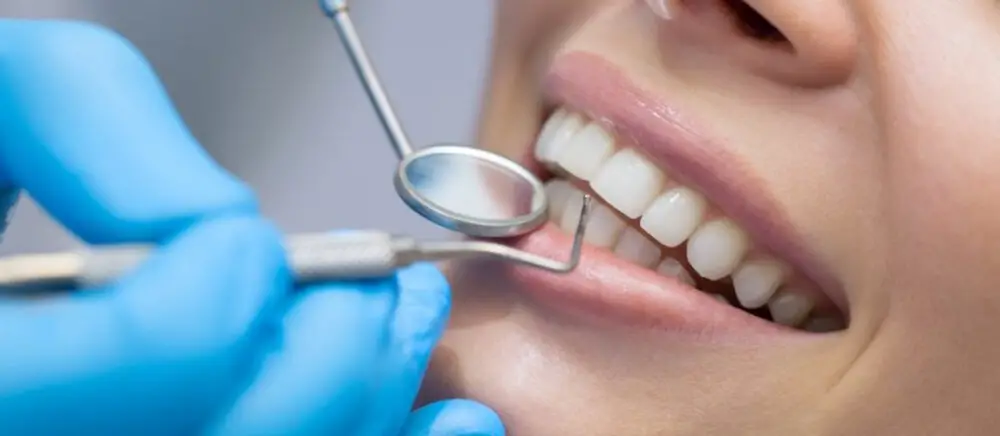
Professional whitening treatments are an effective way to brighten your teeth while you have braces. These treatments are performed by a dental professional who uses a bleaching agent to whiten your teeth. The bleaching agent is applied to your teeth and activated with a special light. This process can take anywhere from 30 minutes to an hour, depending on the severity of your stains. Professional whitening treatments can produce dramatic results, making your teeth several shades brighter in just one session. However, it’s important to note that these treatments can be expensive, with costs ranging from a few hundred to a few thousand dollars. If you’re considering professional whitening treatments, it’s important to find a reputable dental professional who specializes in this procedure. Your dentist will evaluate your teeth and determine the best course of action to achieve the results you desire. They may also recommend additional treatments, such as a dental cleaning or polishing, to help ensure the best possible outcome. It’s important to follow your dentist’s instructions carefully after the procedure, as your teeth may be more sensitive for a few days. With proper care, professional whitening treatments can provide a long-lasting, bright, and beautiful smile.
Professional teeth whitening can transform a dull, yellowish smile into a dazzling set of pearly whites. With the advances in technology, it is now possible to whiten teeth even when wearing braces. The benefits of professional teeth whitening are numerous, including increased confidence, improved appearance, and a youthful glow. Patients with braces can choose from various types of professional treatments such as in-office whitening, custom-made trays, or even over-the-counter options. In-office whitening is the most effective option, with results visible in just one session. Custom-made trays are also an excellent choice for patients with braces, as they fit perfectly around the brackets and wires without causing any damage. Over-the-counter options are a more affordable alternative, although they may not provide the same level of results as professional treatments.
Maintaining Good Oral Hygiene
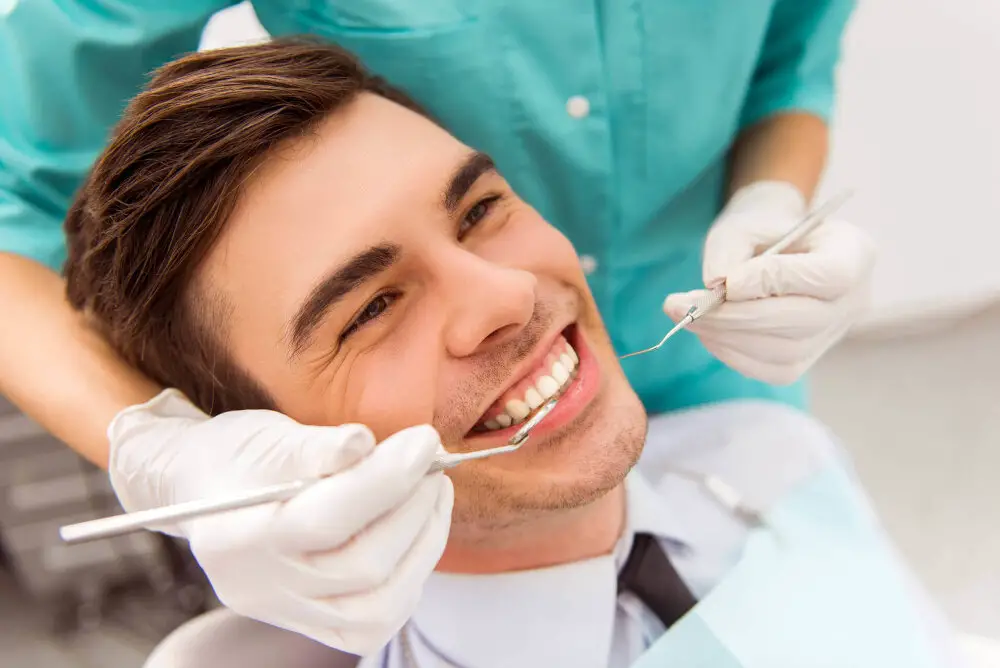
Maintaining good oral hygiene is crucial, especially when you have braces. Braces create small spaces in your mouth where food particles and bacteria can easily get trapped, leading to plaque buildup and potential tooth decay. To prevent these issues, you should brush your teeth at least twice a day, floss daily, and use mouthwash regularly. When brushing your teeth, make sure to clean all surfaces, including the brackets and wires of your braces. Use a soft-bristled toothbrush and fluoride toothpaste to gently scrub your teeth and braces for at least two minutes. Flossing can be a bit tricky with braces, but it’s essential to remove any food particles or plaque that may be stuck between your teeth and braces. You can use floss threaders or orthodontic floss to carefully clean between the wires and brackets. Finally, using mouthwash can help kill bacteria and freshen your breath. Choose an alcohol-free mouthwash that’s safe for people with braces. In addition to regular brushing, flossing, and using mouthwash, there are some other tips you can follow to maintain good oral hygiene with braces. Avoid sugary and sticky foods, which can damage your braces and promote tooth decay. Instead, choose healthy, crunchy foods like apples and carrots that can help clean your teeth and braces as you eat. If you’re playing sports or engaging in other physical activities, wear a mouthguard to protect your braces from damage. Finally, schedule regular checkups with your orthodontist to ensure that your braces are working properly and your teeth are healthy. By following these tips and maintaining good oral hygiene, you can keep your teeth healthy and white, even with braces.
Maintaining good oral hygiene is crucial when undergoing orthodontic treatment. Braces and other orthodontic appliances can make it difficult to clean your teeth properly and increase the chances of developing cavities and gum disease. To keep your teeth clean and healthy, it’s important to brush your teeth twice a day for at least two minutes using a soft-bristled toothbrush. Flossing at least once a day is also essential for removing plaque and food particles from between your teeth and braces. You may also want to consider using an antimicrobial mouthwash to kill bacteria and freshen your breath. Keeping up with regular dental check-ups and cleanings is also important for maintaining good oral health during orthodontic treatment. Remember, a little extra effort now will pay off with a brighter, healthier smile in the long run.
In conclusion, maintaining good oral hygiene is crucial for overall health and wellbeing. Braces can complicate the process of keeping teeth clean, but there are tips and tricks that can help whiten teeth while wearing them. However, it’s important to seek professional guidance from a dentist or orthodontist to ensure proper care and maintenance of braces and teeth. Prioritizing dental health, including regular check-ups and professional cleanings, can prevent future dental complications and improve the appearance of your smile. Don’t hesitate to reach out for help and guidance in achieving a brighter, healthier smile.
Conclusion
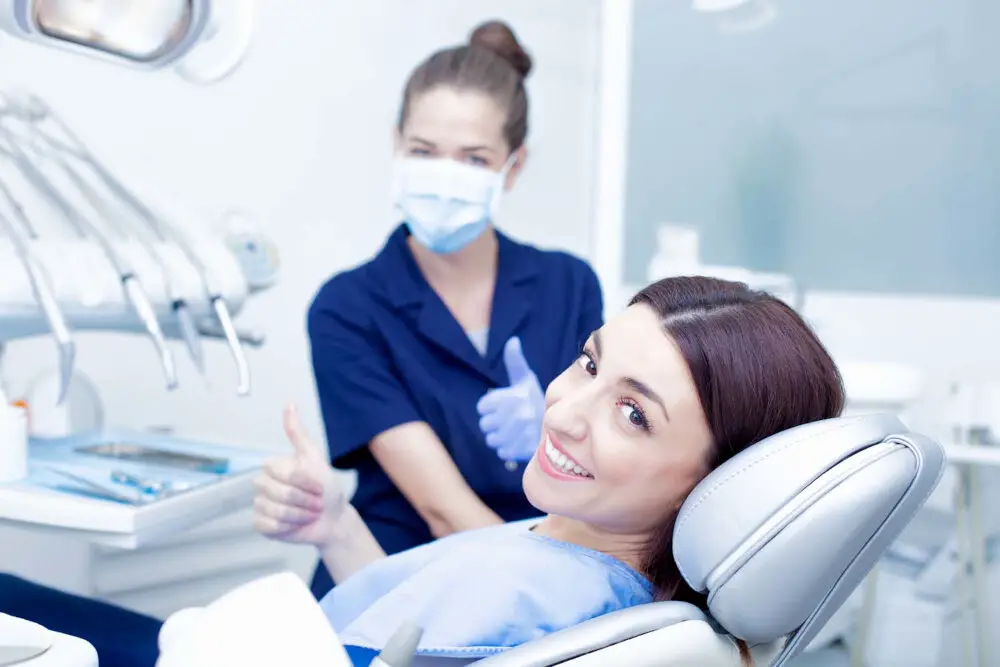
In conclusion, having braces doesn’t mean you have to sacrifice a bright, white smile. There are many tips and tricks you can use to maintain good oral hygiene and whiten your teeth while wearing braces. From using special toothbrushes and toothpaste to avoiding certain foods and drinks, it’s important to take extra care of your teeth during this time. By following these tips and staying consistent with your oral care routine, you can achieve a beautiful, sparkling smile that will make you feel confident and proud. So embrace your braces and take charge of your dental health to achieve the smile you deserve!

